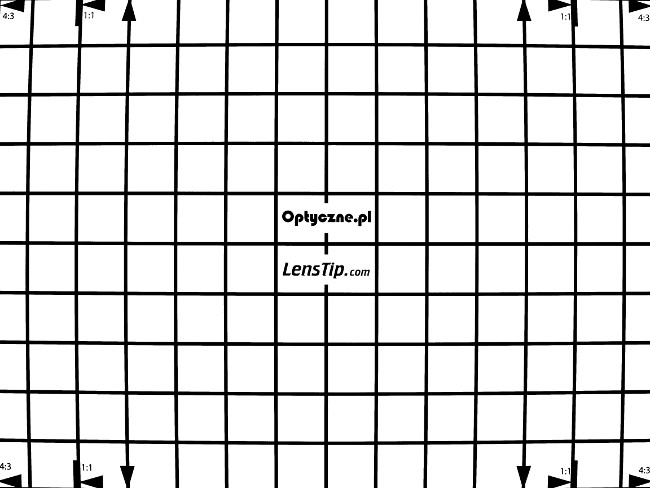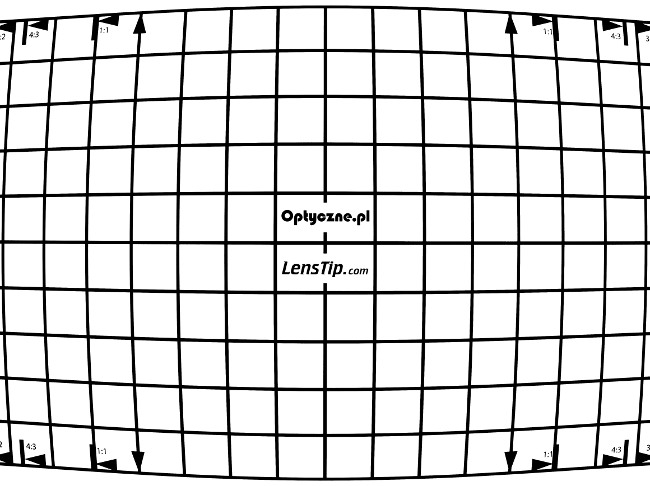Panasonic Leica DG Summilux 9 mm f/1.7 ASPH
6. Distortion and field of view
Distortion
In case of small, wide angle Micro 4/3 lenses optics constructors often give up on distortion correction and let camera software deal with that. Such a move allows them to correct other optical aberrations better.The Panasonic Leica DG Summilux 9 mm f/1.7 ASPH is not an exception to that rule; it's easy to notice that approach comparing distortion for JPEGs and uncorrected RAW files. The first ones feature slight 'barrel' variant of -1.37%, and it increases to very high level of -6.52%, when you pass to RAW files. It's a pity the producers didn't try to correct that aberration with optics just a bit. After all, there are plenty of optical elements inside this lens and, I suppose, optimizing the optical system in terms of geometric deformation of images would be a completely doable task.
| Olympus E-M5 II, 9 mm, JPEG | |||

|
|||
| Olympus E-M5 II, 9 mm, RAW | |||

|
|||
Please Support UsIf you enjoy our reviews and articles, and you want us to continue our work please, support our website by donating through PayPal. The funds are going to be used for paying our editorial team, renting servers, and equipping our testing studio; only that way we will be able to continue providing you interesting content for free. |
- - - - - - - - - - - - - - - - - - - - - - - - - - - - - - - - - - - - - - - - - - - - - - - -
Field of view
A rectilinear 9 mm lens on a sensor of Micro 4/3 dimensions should provide an angle of view amounting to exactly 100.4 deg. The producer declares a slightly lower value of 100 degrees. We decided to measure the field independently. In order to do that we took some photos of starry sky and saved them as corrected JPEG files and uncorrected RAW files. Then we transformed the pixel layout (X,Y) from the photo into the equatorial coordinate system (right ascension and declination), which locates a star on a celestial sphere. That way we could determine the field of view of the lens with utter precision and in the right way, so for rays of light coming from infinity. In both cases the transformation was based on over 100 stars positioned evenly across the frame, with the relative mesh-fitting error of 23 seconds of arc for JPEG files and 57 seconds of arc for RAW files.In case of the JPEG format the field of view amounted to 98.5 deg so was a tad narrower than in official specifications. Still the difference wasn't high and you shouldn't consider it a serious flaw. If you care about a wider field, but with higher distortion level, you can always use RAW files – in their case the field is as large as 105.0 deg.






